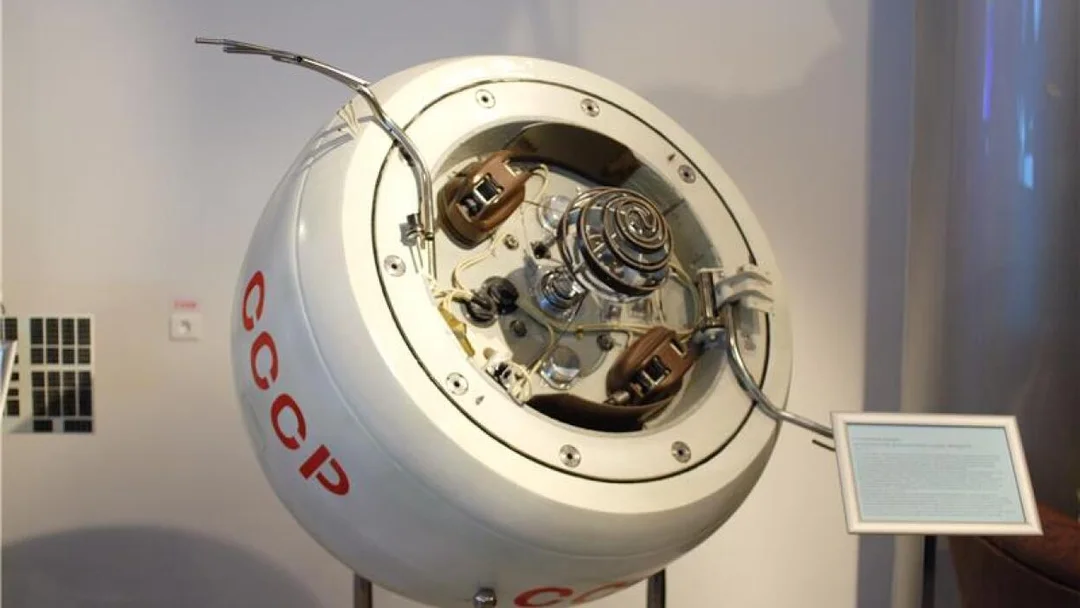
Failed Soviet Venus Probe Kosmos 482 Returns to Earth After Decades in Orbit: A Cold War Relic’s Demise
After circling Earth for over half a century, the Soviet spacecraft Kosmos 482, originally intended to land on Venus, made its fiery return. This event, while seemingly inconsequential, has sparked interest in the history of space exploration and the growing problem of space debris.
Launched in 1972 as part of the Soviet Union's Venera program, Kosmos 482 suffered a propulsion failure, leaving it stranded in Earth's orbit. On May 10, 2025, its long journey ended with a splashdown in the Indian Ocean, west of Jakarta, Indonesia, according to Roscosmos, the Russian space agency. However, other sources suggest varying reentry locations, highlighting the uncertainty in tracking these objects.

Before its final descent, the Fraunhofer Institute for High Frequency Physics and Radar Techniques (FHR) in Germany managed to capture radar images of Kosmos 482 tumbling through space. This observation, presented as a GIF, provided valuable tracking data in its final hours. The station likely got the last look and passed about 62 miles overhead on May 10.
Jonathan McDowell, an astrophysicist at the Harvard & Smithsonian Center for Astrophysics, remarked on the bittersweet nature of the event. "It recalls a time when the Soviet Union was adventurous in space – when we were all maybe more adventurous in space,” he said, highlighting the Cold War competition that fueled these ambitious missions.
The Venera program, though less celebrated than the U.S. moon landings, achieved significant milestones, including the first successful landing and image transmission from the surface of Venus. Asif Siddiqi, a historian specializing in Soviet space activities, pointed out that Kosmos 482 serves as a tangible artifact of that era: “Kosmos-482 is a reminder that, 50 years ago, the Soviet Union reached the planet Venus. Here is a physical artifact of that project, of that time.”

The reentry of Kosmos 482 also brings attention to the increasingly pressing issue of space junk. With thousands of satellites in orbit, the frequency of reentries is rising. While the risk from any single event is low, the cumulative impact poses a growing concern, including potential pollution and the increased odds of destructive impacts.
Greg Henning, a space debris expert at the Aerospace Corporation, noted that re-entries are now common, with dozens occurring daily. Despite this frequency, the historical significance of Kosmos-482 as a relic of early space exploration provides a unique perspective on our journey beyond Earth.
The fall of Kosmos 482 serves as a reminder of both the audacious ambitions of the past and the challenges we face in managing our presence in space. What are your thoughts on the future of space exploration and the need for responsible space debris management? Share your perspectives in the comments below!
Related issues news
Where will the Soviet space craft crash?
The 50-year-old lander probe returned to Earth early Saturday, May 10, entering the atmosphere at about 2:24 a.m. ET (9:24 a.m. Moscow time) over the Indian Ocean west of Jakarta, Indonesia, and falling into the Indian Ocean, the Russian space agency Roscosmos said.
Where did the Russian probe land?
A Soviet probe orbiting Earth since 1972 will soon reenter the planet's atmosphere. The Russian space agency Roscosmos said in a Telegram post that the spacecraft reentered Earth's atmosphere Saturday morning at 2:24 a.m. ET and landed in the Indian Ocean somewhere west of Jakarta, Indonesia.
Did the Venus probe crash?
Russian space agency Roscosmos on Saturday said a Soviet space probe that took off in March 1972 to explore the planet Venus crashed into the Indian Ocean. Planetary lander Kosmos 482 never made it to Earth's sister planet because it was dragged off course after a malfunction in its launch vehicle's upper stage.
Did the space junk hit Earth?
Space junk has hit Earth recently Space debris has crashed back into Earth in recent months. In February, debris from a SpaceX Falcon 9 rocket that blasted off in the United States entered the Earth's atmosphere over Poland.